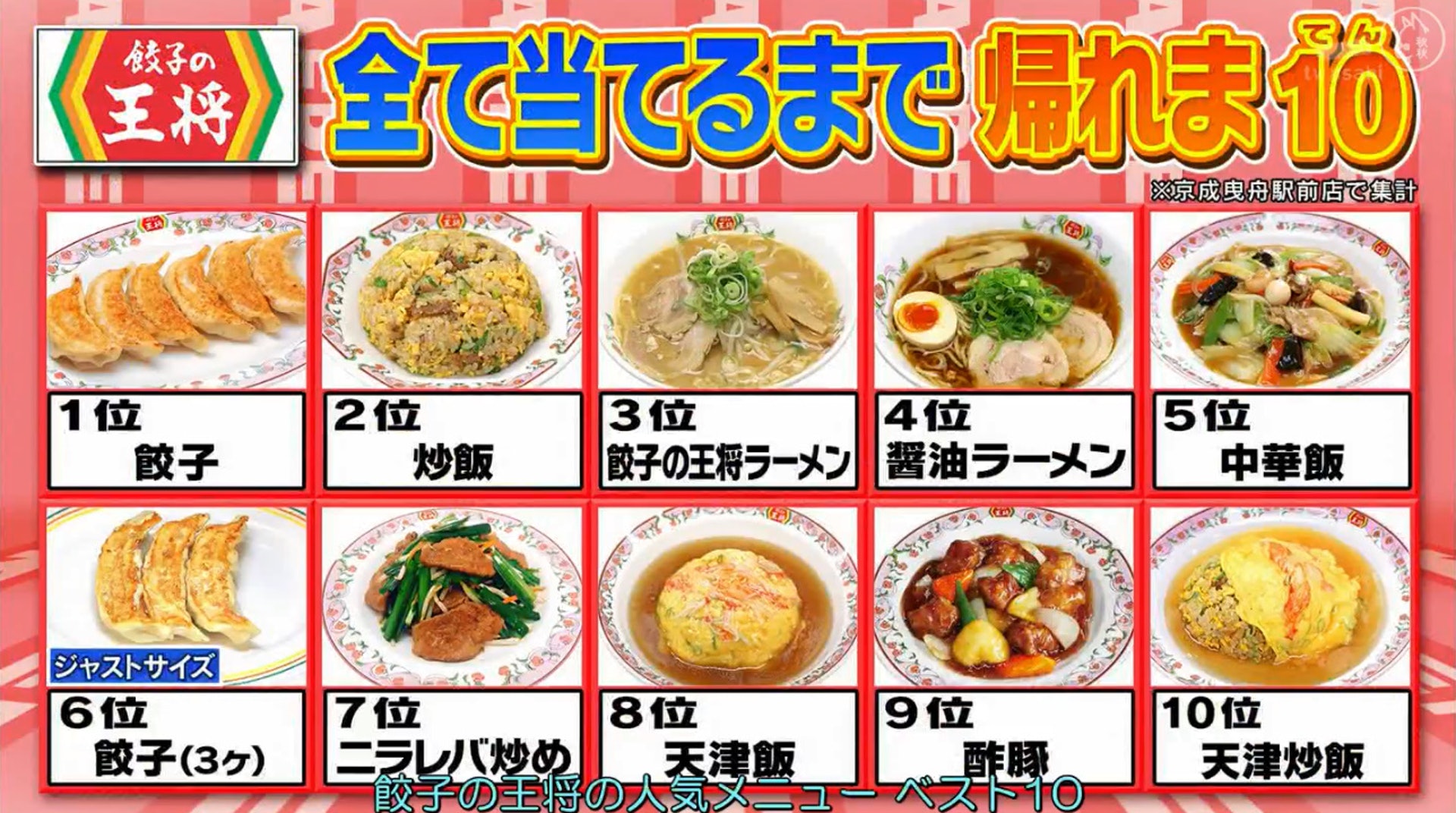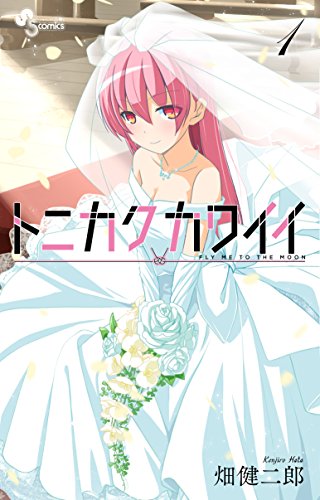Last Piece of Puzzle: Common Katakana Usage
As an important part of Japanese, Katakana form a lot of expressions in Japanese, some of which are commonly used in daily life. This post gathers some examples of Katakana usage. It is expected that by knowing more about Katakana, the last piece of puzzle to learn Japanese can be completed.
Foreign Words
Similar to words we have learned, e.g., coffee (コーヒー), pizza (ピザ), hamburger (ハンバーガー), Katakana are widely used in words originated from foreign languages.
 |
(Starbucks menu in Japanese. Source: https://starbmag.com/wp-content/uploads/2022/09/Starbucks-Japan-menu.png)
It is easy to quickly find some examples from this image: espresso (エスプレッソ), tea (ティー), fresh juice (フレッシュジュース). It is noted that some of these Katakana words have Japanese expressions that already exists, but Katakana forms are still taken. For example, tea can be represented as お茶(ちゃ) as well. There are multiple reasons for it.
Luckily enough, Katakana forms come quite straightforward. Basically, just slightly modify the original words to Romaji forms. and it can be simply transformed into Katakana. So these Katakana foreign words are pretty easy, right?
... This doesn't always work. Foreign words, instead of English words, means that it can borrow words from languages in addition to English. We have learned part-time job (アルバイト), and this comes from German Arbeit ("work") [1]. What's more, Germany (ドイツ) comes from German (ドイツ語(ご)) instead of English, too. Another widely used example is bread (パン), which comes from Portuguese pão [2].
Another special case is foreign words from modern Chinese and modern Korean. There have been a massive number of Chinese characters (and Chinese expressions) introduced to Japanese, but as time went by, they have deeply integrated into native Japanese, and are no longer treated as foreign words. However, things are different for modern languages.
Modern Korean doesn't regularly use Chinese characters (hanja), so words from modern Korean can be simply represented by Katakana, just like other languages. For example, kimchi (キムチ) comes from Korean 김치, and bibimbap (ビビンバ) comes from Korean 비빔밥 [1].
(10 popular dishes of "Gyoza King". Source: https://cdn.hk01.com/di/media/images/1657040/org/409ab94fd6659d0a5b5f518db2a3adb7.jpg/Ua857NHleLhBY-xX9cgjUGWD0triQB5QQE_tukBP7bo?v=w1920)
Modern Chinese, on the other hand, still uses Chinese characters. They can be represented by either Kanji (sometimes with Katakana gloss; see "(Some of) Furigana" below) or Katakana. For example, oolong tea (烏龍茶 ウーロンちゃ) comes from Chinese 乌龙茶, and twice cooked pork (回鍋肉 ホイコーロー) comes from Chinese 回锅肉.
Therefore, it is still necessary to at least memorize commonly-used Katakana expressions. But no need to worry. For today, 80% to 90% of gairaigo (外来語 がいらいご; loan word) are of English origin [1].
Emphasis
English uses italics, bold, and ALL-CAPS (or using them together) to make words stand out. For example, this is the cover of a manga named トニカクカワイイ (Fly Me to the Moon; literally "Adorable Anyways" or "Cute, No Matter What" [3]). The entire title is existing Japanese expressions, and is mostly written in Hiragana. Here, however, the author used Katakana for better emphasis because this line is the core of the manga's main plot. The two main characters got married very quickly just because the girl is considered as "とにかく可愛い(かわいい)" by the boy [4].
(トニカクカワイイ(1) (少年サンデーコミックス). Source: https://www.amazon.co.jp/%E3%83%88%E3%83%8B%E3%82%AB%E3%82%AF%E3%82%AB%E3%83%AF%E3%82%A4%E3%82%A4%EF%BC%88%EF%BC%91%EF%BC%89-%E5%B0%91%E5%B9%B4%E3%82%B5%E3%83%B3%E3%83%87%E3%83%BC%E3%82%B3%E3%83%9F%E3%83%83%E3%82%AF%E3%82%B9-%E7%95%91%E5%81%A5%E4%BA%8C%E9%83%8E-ebook/dp/B07CP47FFL)
Such cases appear in advertisements as well [5].
(Some of) Furigana
Furigana
(振り仮名(ふりがな)) is a Japanese reading aid consisting of smaller kana or
syllabic characters printed either above or next to Kanji or other
characters to indicate their pronunciation [6]. Both Hiragana and Katakana
are acceptable, but some cases tend to use Katakana. Here are some of these cases (of course there are more situations, but this post is about Katakana instead of Furigana):
- On'yomi (音読み(おんよみ)) pronunciations of Kanji in dictionaries (as well as word lists in our textbooks).
- Modern Chinese place names, personal names. etc. For example, Shanghai (上海 in Chinese) can be written as 上海(シャンハイ) in Japanese. My name is also an example of this case.
However, this does not apply to well-known characters' names and Chinese places, which have adopted Japanese pronunciations of corresponding Kanji. - Foreign words with existing Kanji forms. For example, unicorn has Kanji translation 一角獣(いっかくじゅう), but it may be glossed with Katakana ユニコーン.
Onomatopoeia
This one is quite straightforward. For example, the sound of a dog barking is ワンワン (wanwan), and the sound of a phone ringing is ピンポン (pinpon).
(Source: JoJo's Bizarre Adventure)
This image comes from an anime series JoJo's Bizarre Adventure (ジョジョの奇妙(きみょ)な冒険(ぼうけん)). There is a HUGE line of バァァーン. This is an onomatopoeia for the team's show up.
Replacing Uncommon Kanji
This one is also straightforward. For example, in the word "dermatologist", 皮膚科(ひふか), the second kanji, 膚, is quite complex, and thus the word is commonly written as 皮フ科, with the second character in katakana only [5].
References
[1] Gairaigo - Wikipedia. https://en.wikipedia.org/wiki/Gairaigo
[2] Why does Japanese have three writing systems? - Duolingo. https://blog.duolingo.com/japanese-writing-systems/
[3] Fly Me to the Moon (manga) - Wikipedia. https://en.wikipedia.org/wiki/Fly_Me_to_the_Moon_(manga)
[4] トニカクカワイイ - Wikipedia. https://ja.wikipedia.org/wiki/%E3%83%88%E3%83%8B%E3%82%AB%E3%82%AF%E3%82%AB%E3%83%AF%E3%82%A4%E3%82%A4
[5] What is katakana used for? - sci.lang.japan Frequently Asked Questions. https://www.sljfaq.org/afaq/katakana-uses.html
[6] Furigana - Wikipedia. https://en.wikipedia.org/wiki/Furigana



Comments
Post a Comment